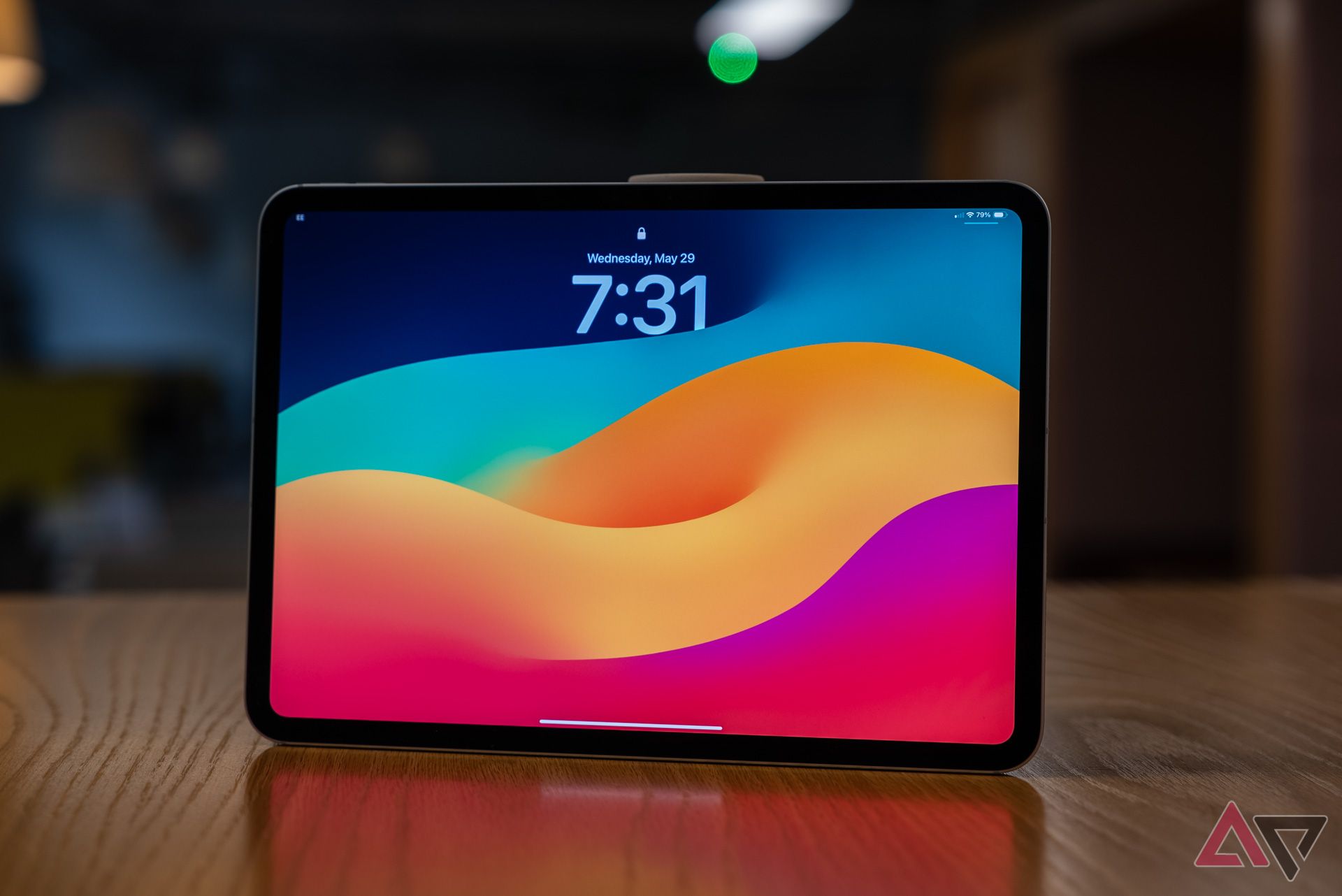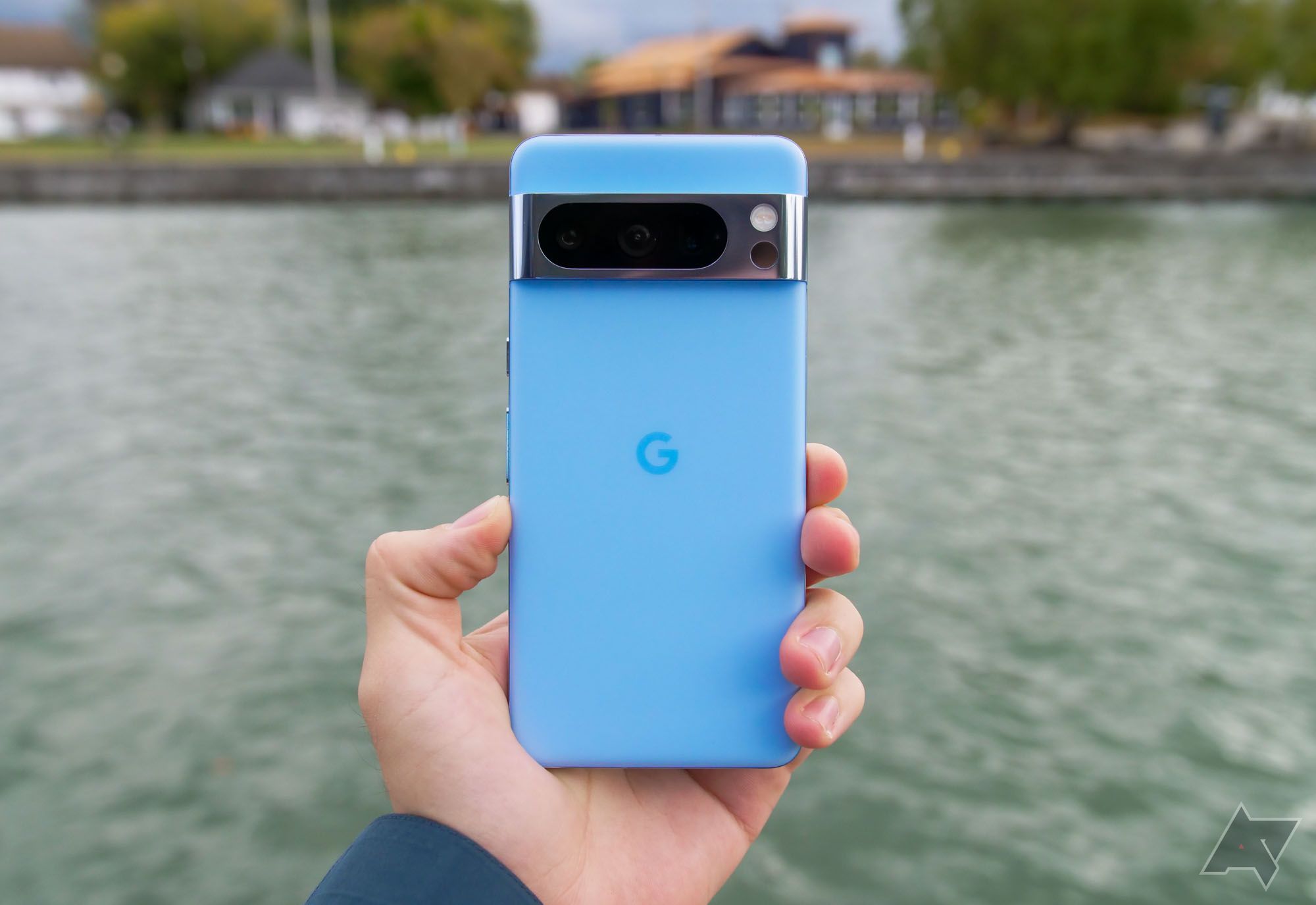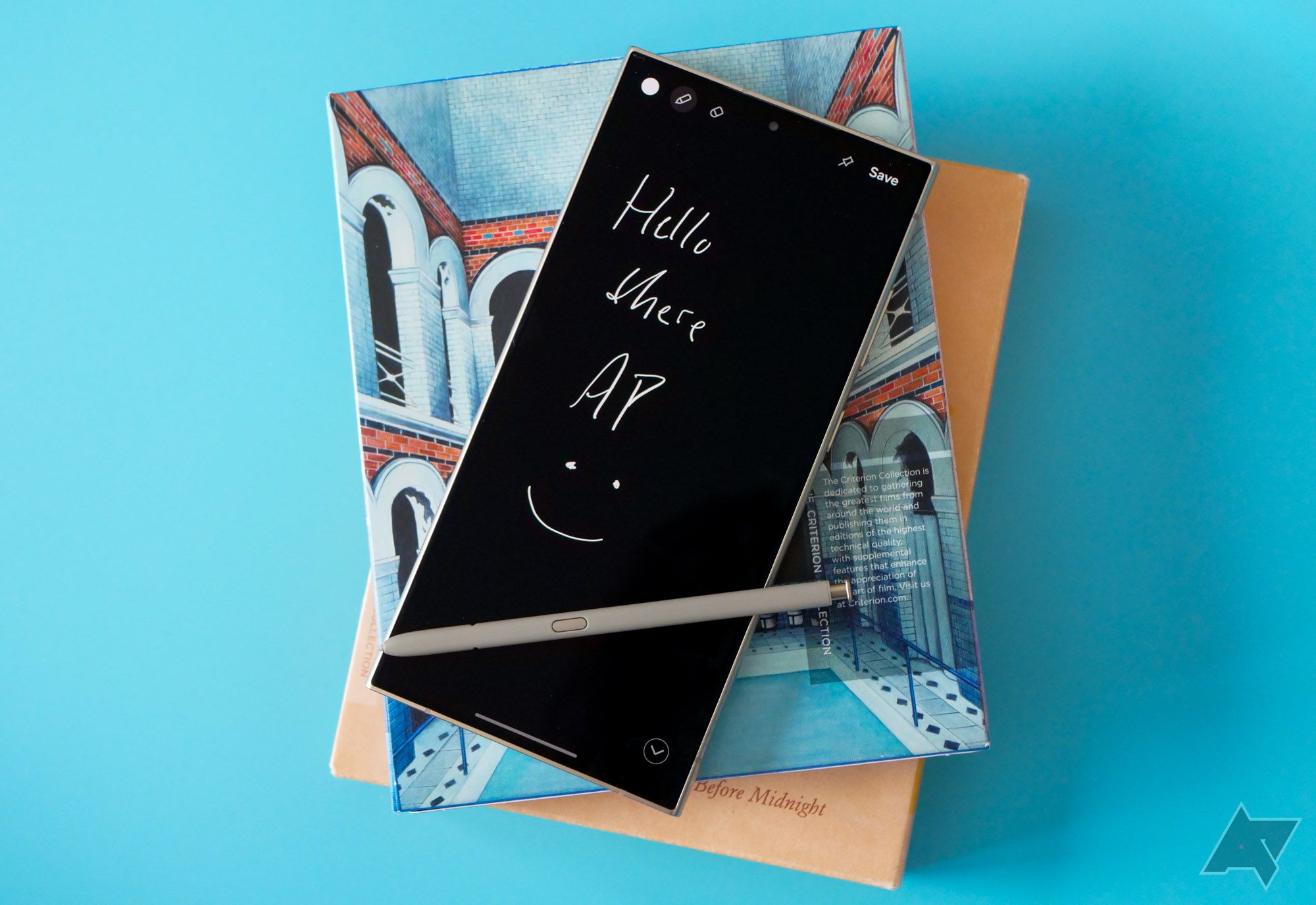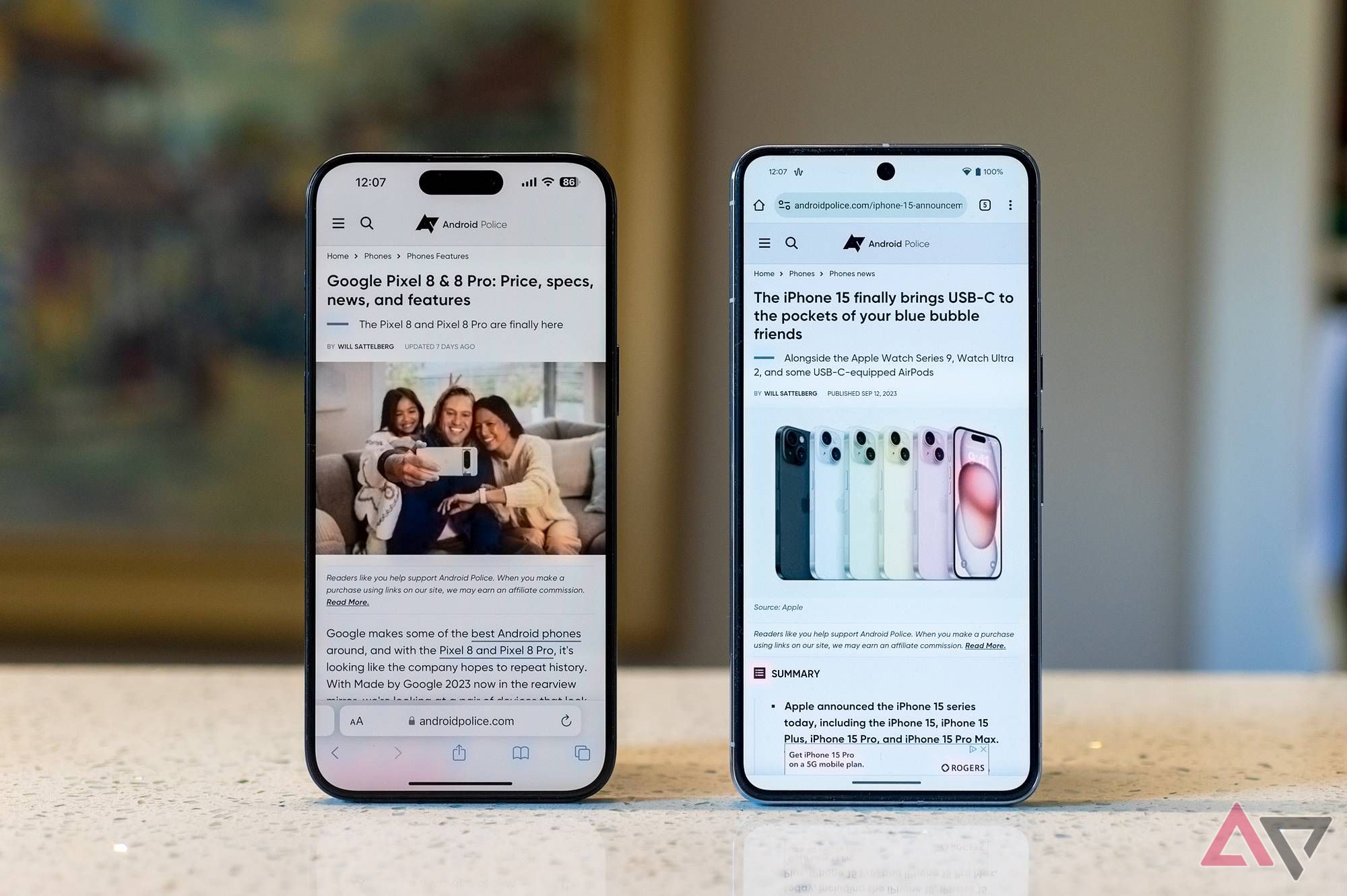The world of displays is filled with a mix of technical jargon, marketing terms, and who knows what else. The terms organic light-emitting diode (OLED) or just light-emitting diode (LED), for example, tell you the technology a great smartphone display uses. By comparison, Apple’s “Liquid Retina XDR” or Google’s “Super Actua” are simply marketing speak that don’t really explain much about the displays themselves.
Some specifications are downright misleading, like peak HDR brightness. Often, this represents the brightness of a single point in the display, which doesn’t reflect real use at all. Apple actually did something right when it released the spec sheet for the M4 iPad Pro, because it includes two brightness ratings: peak HDR brightness and full-screen brightness. The latter is the one you want to look out for, and we’ll show you how to find it.

Related
iPad Pro (2024) review: Portable power and promise at an impractical price
The iPad Pro 13-inch (2024) has inspired me to do so much more with the iPad
The problem with brightness ratings
No one plays by the same rules, so it’s impossible to make comparisons
At its most basic level, the idea behind specifications is to give a tangible metric for comparisons between devices. There’s no way to directly compare the level of optimization between Android 14 and iOS 17, but you can compare things like battery capacity through specifications like milliampere-hour (mAh).
In theory, peak brightness should work the same way. The rating advertised by one phone manufacturer should be comparable with a phone advertised by another. Unfortunately, it doesn’t work that way. For example, the OnePlus 12 has a ridiculous peak brightness claim of 4,500 nits. The same phone’s high-brightness mode — which is the one you’ll actually use on a daily basis — is rated for just 1,600 nits.
Sometimes, it’s unclear how a company reaches a brightness rating. In some cases, the peak HDR brightness figure can be obtained by illuminating a single pixel, focusing all the power onto that pixel to get the best result. Others use an on-pixel ratio lower than a user would normally experience.
The Pixel 8 Pro has a peak brightness of up to 1,600 nits in HDR mode and up to 2,400 nits in standard mode. In the fine print, Google says HDR brightness was measured at a 100% on-pixel ratio, while regular peak brightness was measured at a 5% on-pixel ratio. When you learn that, it’s not hard to see why the standard peak brightness is rated so much higher than the HDR brightness.

Related
Google Pixel 8 Pro review: Living up to its name
If you want to see the future of Google, the Pixel 8 Pro is the phone to buy
Full-screen brightness is universal
No HDR, no wonky on-pixel ratios, just full brightness
We don’t often give Apple credit, but it deserves it for clearly stating the brightness levels supported by the new iPad Pro. In its press release, Apple clearly listed two brightness ratings for the iPad Pro: full-screen brightness and peak HDR brightness. The former is the one that actually matters, because it’s the condition in which you’ll use your display the most.
This iPad Pro supports 1,000 nits of full-screen brightness and 1,600 nits of peak HDR brightness. It doesn’t pop off the spec sheet, but at least it’s more accurate.
Full-screen brightness is measured when all the pixels on a display are illuminated in standard dynamic range (SDR) mode. There’s no trickery going on here, unlike what we see in other metrics. This specification measures how bright the display will be during everyday use, and it’s the most important display brightness spec as a result.
Of course, Apple isn’t the only company to use the full-screen brightness specifications. However, it’s rare to see the biggest companies mention full-screen SDR brightness specs with no caveats. As we just unpacked earlier, neither OnePlus nor Google disclosed the true full-screen brightness rating of their most recent flagships.
How can you find it?
Don’t bother with company claims — go straight to third-party testers
Due to the lack of consistency among device manufacturers, the best way to find the full-screen brightness supported by an Android device is to go to a third-party testing site. The average phone reviewer can’t provide this data because of the expensive and specialized equipment required. Instead, look for a display testing site like DXOMARK, which extensively tests screens.
DXOMARK specifically says it spends 35 hours testing each phone across 630 measurement points. That includes brightness and readability testing across lighting conditions using web pages and photo galleries. In other words, their brightness test results are equivalent to a full-screen brightness rating.
For example, DXOMARK’s testing of the Pixel 8 Pro revealed that the smartphone can display 2,100 nits of brightness while showing a typical photo. That puts its full-screen brightness of 2,100 nits behind its rated peak SDR brightness of 2,400 nits. By comparison, DXOMARK found that the Samsung Galaxy S24 Ultra can reach 2,572 nits of peak brightness, which is right below its 2,600 advertised rating.

Related
Samsung Galaxy S24 Ultra review: Still the best, unless you take photos
Without any meaningful changes, Samsung’s latest phablet feels like a do-over for last year’s smartphone
DXOMARK is the only site we found that extensively tests smartphone displays with professional-grade equipment, including the testing of full-screen brightness. They also test a bunch of different phones across brands, including from Apple, Google, and Samsung. As such, it’s arguably the best way to determine the real brightness rating of a smartphone.
So, the next time you read through a spec sheet, leave the marketing speak at the store and look for full-screen brightness instead.
Source link



